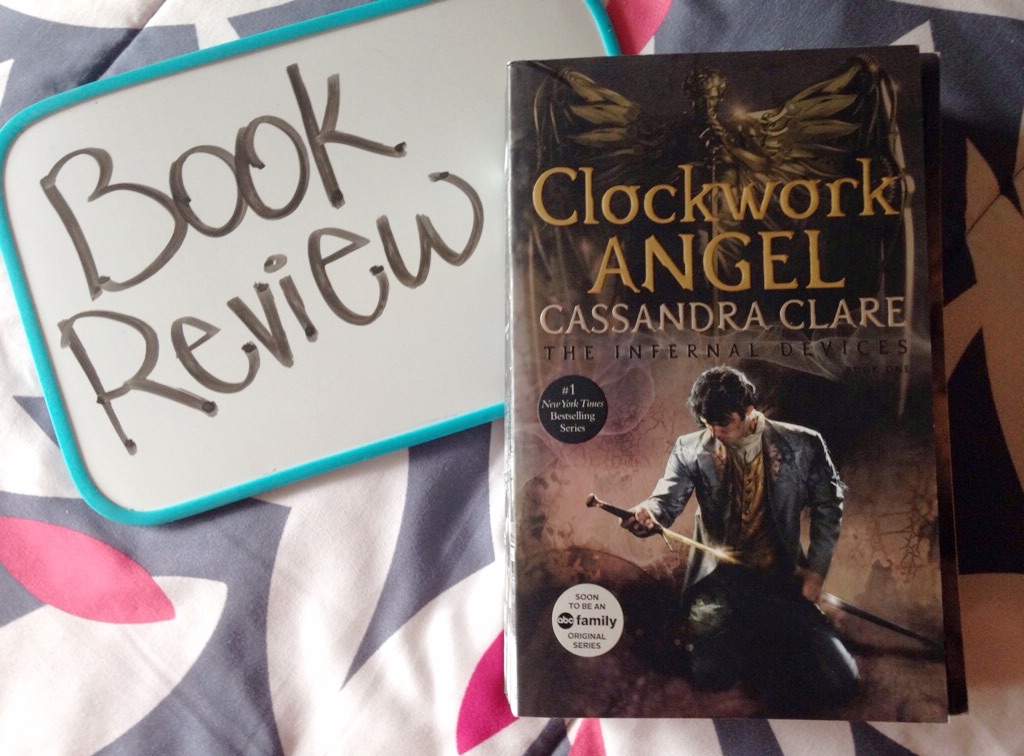


He dies without seeing his daughter again and without meeting her sons: his grandsons. The daughter of a successful Scottish merchant, Hagar chooses to marry the man her father is most likely to disapprove. Hagar Currie Shipley is a character that deserves a special place in modern literature: she is utterly unique and without parallel because Hagar is a very difficult woman to like and she has been for a long time. We see her looking over her shoulder at the end of her life and - in retrospect - seeing that she is "less certain of it now than I was then." What we see is the life of a woman spread over 91-odd years. There is no gore and certainly no ski masks. But neither is it frightening in a very obvious way. It is not a warm book and the smiles that come are forced and perhaps expectant. The Stone Angel doesn't fit with these expectations. Music must either soothe or make us dance. Art must either make us feel good or frighten us. There's a funny popular notion in our culture - an unwritten one - that says that the things we enjoy must either be pleasant or noticeably horrific. Since the book is required reading in many North American school systems and colleges, a lot of young people are disturbed by The Stone Angel every year. Disturbing enough, in fact, that it's been making readers feel uneasy since it was first published nearly three and a half decades ago. Review | The Stone Angel by Margaret Laurence


 0 kommentar(er)
0 kommentar(er)
